45 how to read food labels for sugar content
Learning To Read Labels :: Diabetes Education Online When you read food labels, the grams of sugar are already included in the total carbohydrate amount, so you do not need to count this sugar amount separately. The grams of sugar listed include both natural sugars, from fruit or milk, and added sugars. On a nutrition food label, the total carbohydrate includes the sugar. Some Nutrition Facts labels may also list sugar alcohols under total carbohydrate. How to read food labels | healthdirect In Australia, the law requires all manufactured foods to carry labels containing safety and nutrition information. This information helps you to make decisions about the food you buy and eat so you can follow a healthy diet. The label will tell you: the name of the product, describing accurately what it is. the brand name.
Understanding food labels | Diabetes UK Check the ingredients list - if syrup, invert syrup, cane sugar, molasses or anything ending in 'ose' is within the first three ingredients, this suggests the food contains more added sugar. Choose an alternative if possible, or be mindful of the portion you eat. Check the fibre content on the back of pack label.
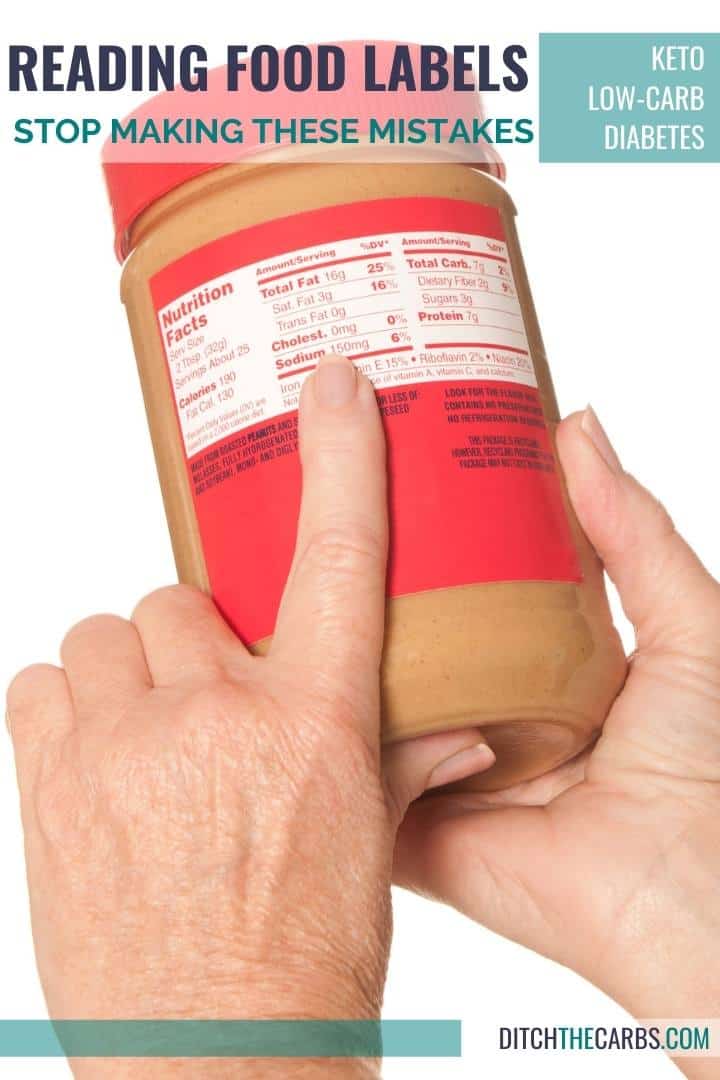
How to read food labels for sugar content
How to Read Food Labels and Understand Sugar Content - yum. Gluten Free There may be further categories and/or subset of these categories, for example, 'sugars' is a subset of 'carbohydrates'. The amount shown for each of the nutrients is listed 'Per Serve' and 'Per 100 g' (or ml, for a liquid food). The question is, should you look at the 'Per Serve' or 'Per 100 g' column in the NIP? This Is How to Read a Nutrition Facts Label on the Keto Diet That's not a 33% fat, 33% carb, 33% protein ratio. It's actually 52% fat, 24% carb, 24% protein. This may sound a little confusing, but as long as you limit carbs (the most important part) and aim for healthy fats and protein to make up a majority of your daily macronutrient intake, your results should be excellent. How to Identify Sugar on Nutrition Labels | Days To Fitness Step 3 - Compare the sugar content of similar food products. A very effective way to see how much sugar is in the food you are eating is to compare product labels side by side. For example, take a no-added-sugar cereal and a regular breakfast cereal and compare total sugar per same-sized serving. You'll often be surprised at the difference.
How to read food labels for sugar content. How to Read Nutrition Labels for Sugar - hekagoodfoods The number of grams of sugar. Keep in mind, one gram of sugar is roughly equivalent to 1/4 teaspoon of sugar. A percentage indicating how much of your recommended daily intake the item contains. While this is helpful to reference, the FDA recommends natural and added sugars account for no more than 10% of your daily caloric intake. How to read food labels: MedlinePlus Medical Encyclopedia Always check the serving size first. All the information on the label is based on the serving size. Many packages contain more than 1 serving. For example, the serving size for spaghetti is most often 2 ounces (56 grams) uncooked, or 1 cup (0.24 liters) cooked. If you eat 2 cups (0.48 liters) at a meal, you are eating 2 servings. How To Easily Read The Sugar Content On A Food Label - the HCG diet Sugar is highly addictive and is why it is used in so many fizzy drinks and fast foods. The effects sugar has on the brain have shown to trigger to brain the same way that cocaine does. Sugar in excess is toxic and highly inflammatory and addictive. On average, we Kiwi's take in about 35-40 teaspoons of sugar per day. And this is the bad sugar. How to Understand and Use the Nutrition Facts Label | FDA manufacturers are encouraged, but not required, to use the "†" symbol immediately following the added sugars percent daily value on single-ingredient sugars, which would lead to a footnote...
Decoding Diabetes: How to Read Nutrition Labels | Accu-Chek Nutrition labels are typically made based on the assumption that you have a daily diet of 2,000 calories (kilocalories). Some labels will have a footnote that expand on this concept, providing numbers for both 2,000 and 2,500-calorie (kilocalorie) diets. In between the line on a nutritional label for calories (kilocalories) and the footnote at ... Reading Food Labels | ADA - American Diabetes Association We'll cover the basics so that these labels make shopping easier for you. You've heard it all. From carb-free to low-carb, to whole and empty carbs, it's hard to know what it all means. Blood sugar highs and lows aren't always easy to understand. Sometimes you can pinpoint a related food or activity, but not always. Food labels - NHS There are guidelines to tell you if a food is high in fat, saturated fat, salt, sugar or not. These are: Total fat High: more than 17.5g of fat per 100g Low: 3g of fat or less per 100g Saturated fat High: more than 5g of saturated fat per 100g Low: 1.5g of saturated fat or less per 100g Sugars High: more than 22.5g of total sugars per 100g Sugar Alcohols on Nutrition Labels - ReciPal Toggling sugar alcohols on a nutrition label. This is the vertical FDA example, but it's the same for other formats. In the Canadian formats it will automatically be toggled if sugar alcohols are more than 0 grams. ... He's read the FDA food labeling code countless times in the process of creating ReciPal and helping small food businesses with ...
How to Read Nutrition Labels: Fat Content, Carbs & What To Look For Added Sugars - The requirement for added sugars will show you the natural carbohydrate content in a food versus the carbohydrate content from added sugar. For example, there are 12 grams of carbohydrates in 8 ounces of low-fat milk which comes entirely from the natural sugar present in milk called lactose. How To Read Food and Beverage Labels - National Institute on Aging Be on the lookout for terms that indicate added sugar, such as brown sugar, corn sweetener, corn syrup, dextrose, fructose, and high-fructose corn syrup. Artificial sweeteners such as sucralose, saccharin, aspartame, and acesulfame should also be consumed in moderation. Light, low-calorie, organic labeling — what do these mean? Reading food labels: Tips if you have diabetes - Mayo Clinic Look for foods with 3 or more grams of fiber. Put sugar-free products in their place Sugar-free doesn't mean carbohydrate-free. Sugar-free foods may play a role in your diabetes diet, but remember that it's equally important to consider carbohydrates as well. A sugar-free label means that one serving has less than 0.5 grams of sugar. Understanding food labels - Action on Sugar HOW MUCH SUGAR IS IN YOUR FOOD/DRINK? Step 1 - Calculate amount of sugars per gram by dividing the amount of sugars per 100g OR 100ml by 100. Step 2 - Check the weight of a recommended portion as stated on the pack. Step 3 - Work out the amount of there is per portion by multiplying the figures from step 1 and 2.
Understanding sugar content on food labels - Diabetes Care Community Reading the ingredient lists and nutrition facts tables on packaged foods is a helpful way for you to check what kind, and how much, sugar a product has. Finding sugar content in the ingredients list The ingredients are listed in order of weight, beginning with the ingredient that weighs the most and ending with the ingredient that weighs the least.
How To Read Food labels for Sugar | My Sugar Free Kitchen 3 Simple Steps For Understanding Food Labels Get familiar with the different names for sugar. It comes in all forms and guises! Here are some names for sugar... Fructose, Glucose, Sucrose, Maltose, Agave nectar, beet sugar, brown sugar, confectioners sugar, cane sugar, caster... Read the ingredients ...
Sugar Savvy: How To Read Food Labels - Elsa Jones < 5g of sugar per 100g = low sugar content. 5g - 15g sugar per 100g = medium sugar content >15g of sugar per 100g = high sugar content . Note Re. Naturally Occurring Sugars. If you're trying to calculate sugar content on a food label, it's important to bear in mind that in many cases, not all of what you see is 'added sugar'.
How to understand food labels | Eat For Health The Nutrition Information Panel on a food label offers the simplest and easiest way to choose foods with less saturated fat, salt (sodium), added sugars and kilojoules, and more fibre. It can also be used to decide how large one serve of a food group choice or discretionary food would be and whether it's worth the kilojoules.
Reading labels | Diabetes UK Always look at the 'total carbohydrate' on the label when carb counting. This will make sure you are counting both the complex (starchy) and simple (sugary) carbs in your food. Both will raise your blood glucose (blood sugar) levels, and need to be matched with insulin.
How to read labels for added sugar - That Sugar Movement On average milk and yoghurt, contains 4-5g (roughly 1 teaspoon) of lactose per 100g. If the label lists much over this, there is a good chance the remaining sugar is added. Reading the ingredient list will indicate if and how much sugar or sweetener has been added to the product, which brings us to our next point. Two: Check the ingredient list
How to Read Food Labels Without Being Tricked - Healthline Check carefully to see if anything has been added instead — like sugar. Multigrain. This sounds very healthy but only means that a product contains more than one type of grain. These are most...
Food Labels | CDC - Centers for Disease Control and Prevention Check the Serving size first. All the numbers on this label are for a 2/3-cup serving. This package has 8 servings. If you eat the whole thing, you are eating 8 times the amount of calories, carbs, fat, etc., shown on the label. Total Carbohydrate shows you types of carbs in the food, including sugar and fiber.
Added Sugars on the New Nutrition Facts Label | FDA Let the Nutrition Facts Label Be Your Guide The new Nutrition Facts label can help you compare and choose foods that are lower in added sugars. Check the label to see if foods are LOW or HIGH in...
Sugars on food labels - Sugar Nutrition Resource Centre The Nutrient Information Panel on the back of the pack, shows detailed information on the average amount of energy, protein, fat, saturated fat, carbohydrate, sugars and sodium (a component of salt) in the food, as well as any other claim that requires nutrition information. It shows this information in a serve and also in 100ml (liquid) or 100 ...
How to Identify Sugar on Nutrition Labels | Days To Fitness Step 3 - Compare the sugar content of similar food products. A very effective way to see how much sugar is in the food you are eating is to compare product labels side by side. For example, take a no-added-sugar cereal and a regular breakfast cereal and compare total sugar per same-sized serving. You'll often be surprised at the difference.
This Is How to Read a Nutrition Facts Label on the Keto Diet That's not a 33% fat, 33% carb, 33% protein ratio. It's actually 52% fat, 24% carb, 24% protein. This may sound a little confusing, but as long as you limit carbs (the most important part) and aim for healthy fats and protein to make up a majority of your daily macronutrient intake, your results should be excellent.
How to Read Food Labels and Understand Sugar Content - yum. Gluten Free There may be further categories and/or subset of these categories, for example, 'sugars' is a subset of 'carbohydrates'. The amount shown for each of the nutrients is listed 'Per Serve' and 'Per 100 g' (or ml, for a liquid food). The question is, should you look at the 'Per Serve' or 'Per 100 g' column in the NIP?










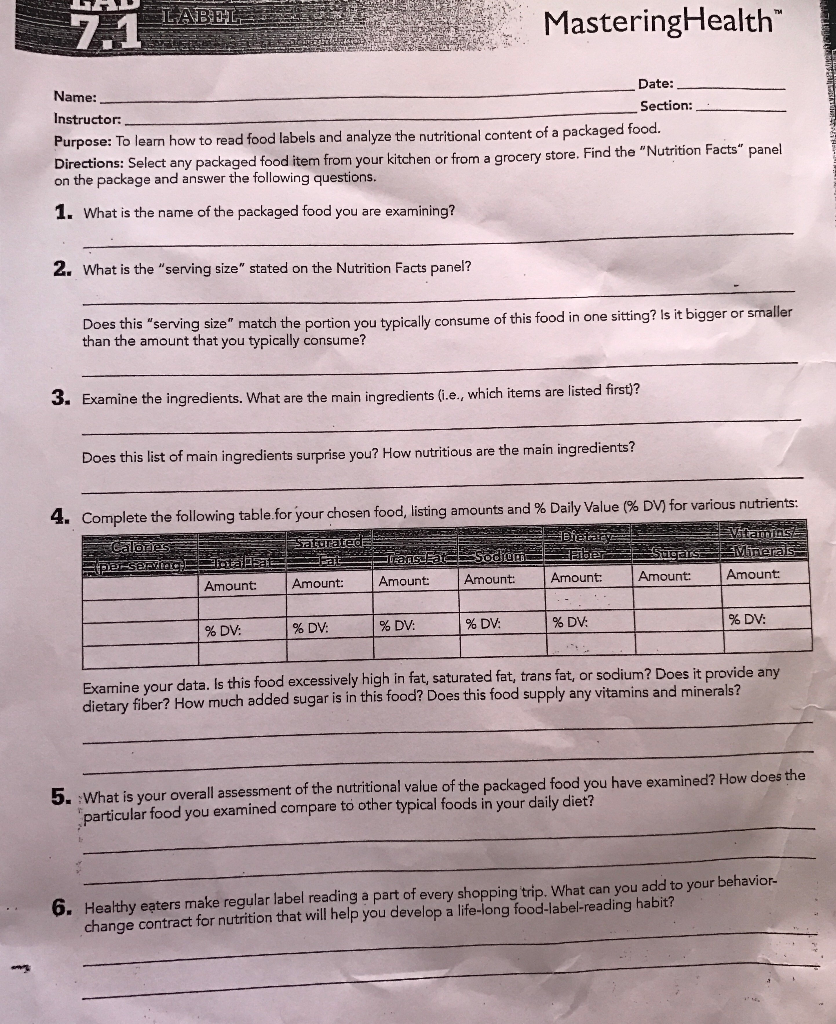
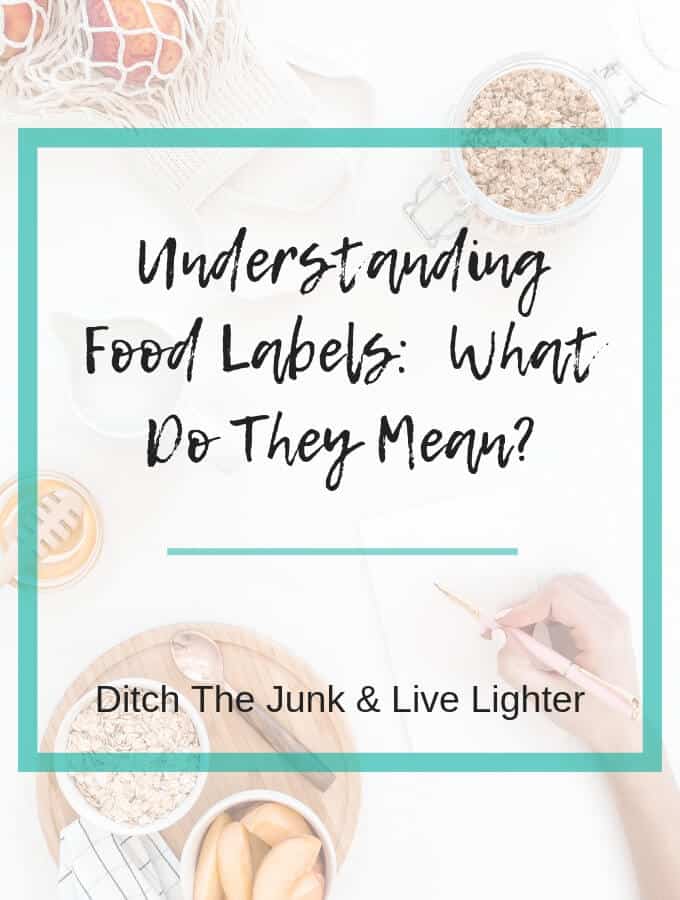
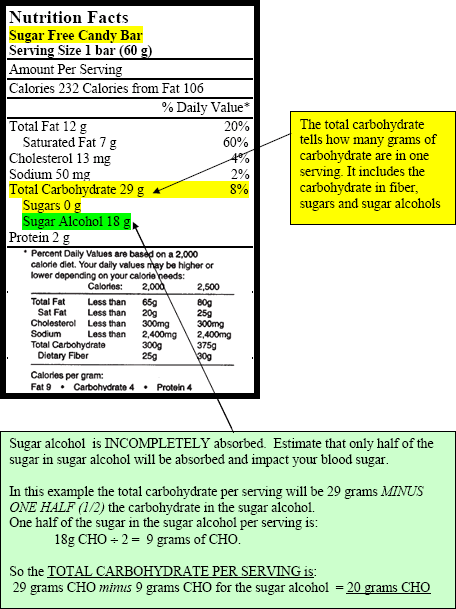


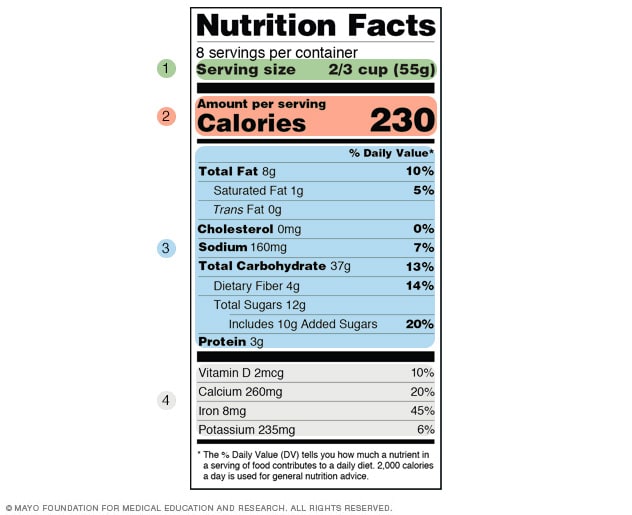
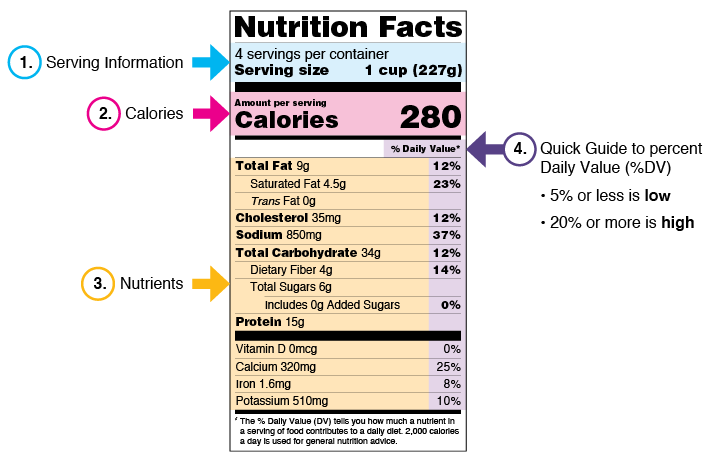
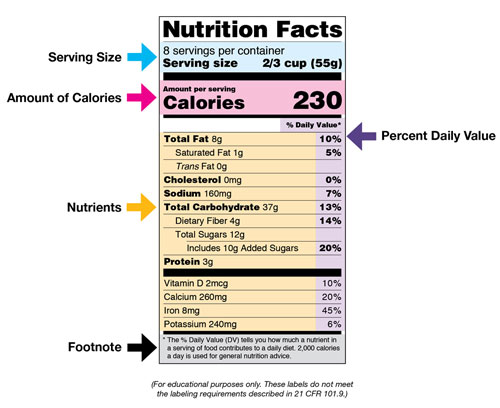
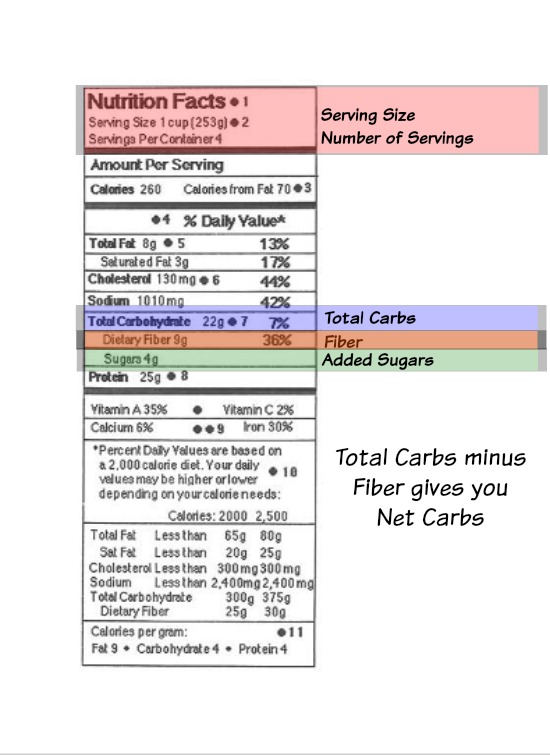
![How To Read Nutrition Labels Like a Dietitian [Infographic]](https://www.stlukeshealth.org/content/dam/stlukeshealth/images/CHITX-21-160084-NNM-ProcessedFood-InfoG-1080X1350-R2.png)




/cdn.vox-cdn.com/uploads/chorus_asset/file/6518801/Screen%20Shot%202016-05-20%20at%209.35.14%20AM.png)







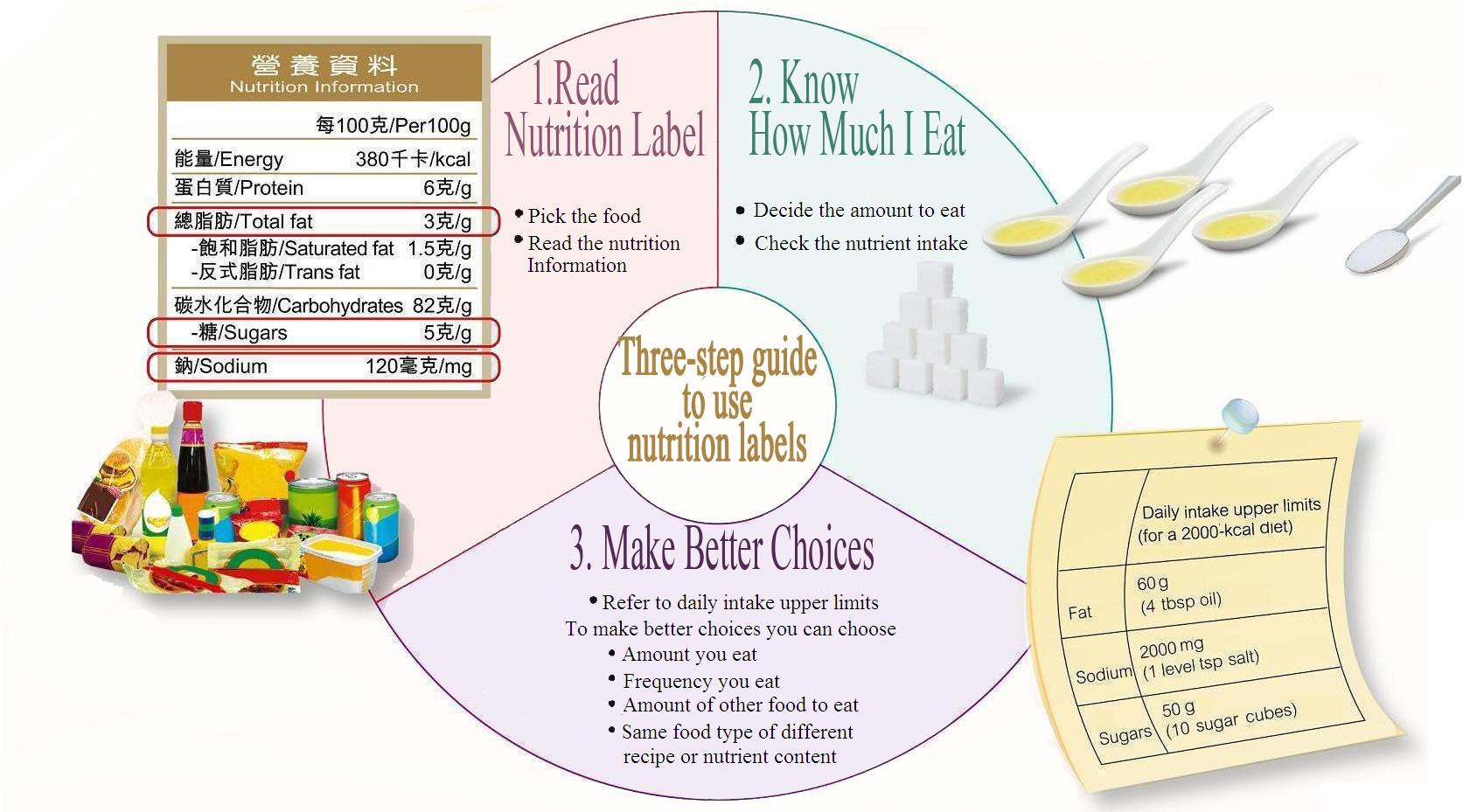




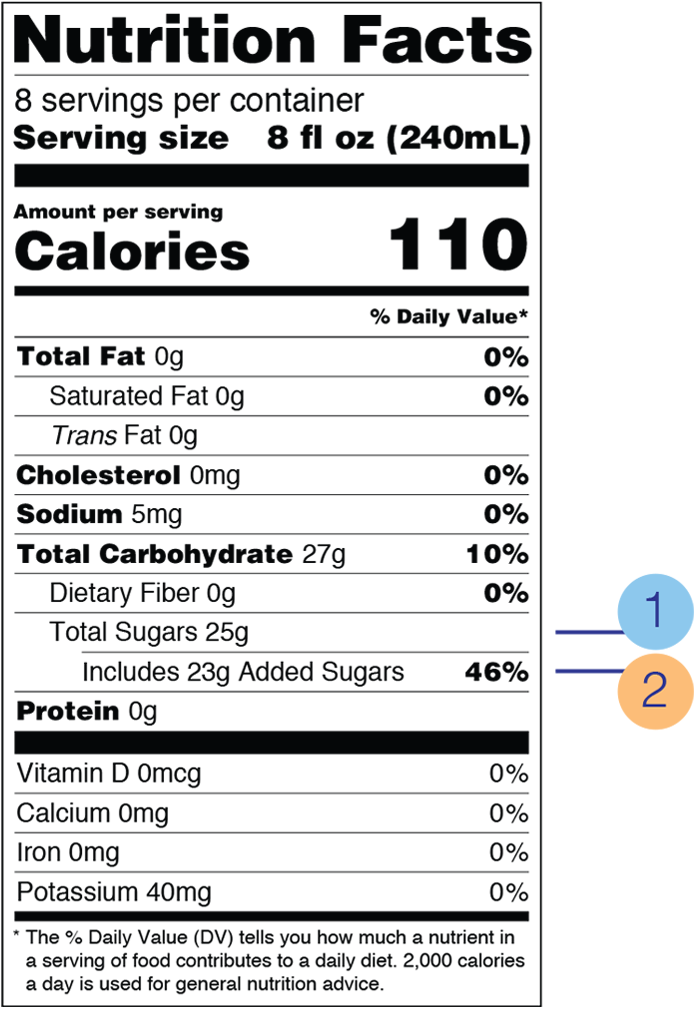


Post a Comment for "45 how to read food labels for sugar content"